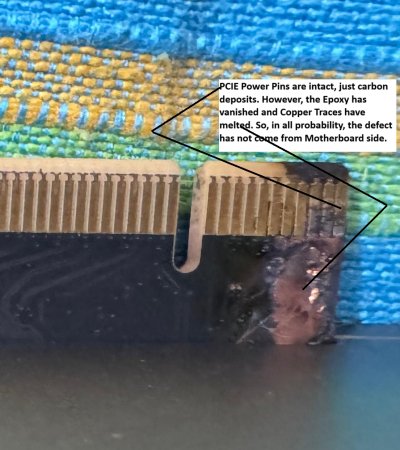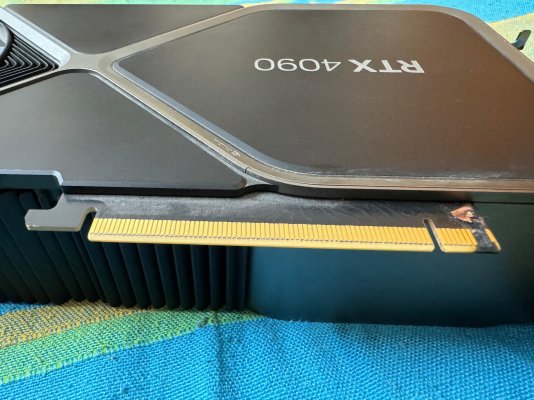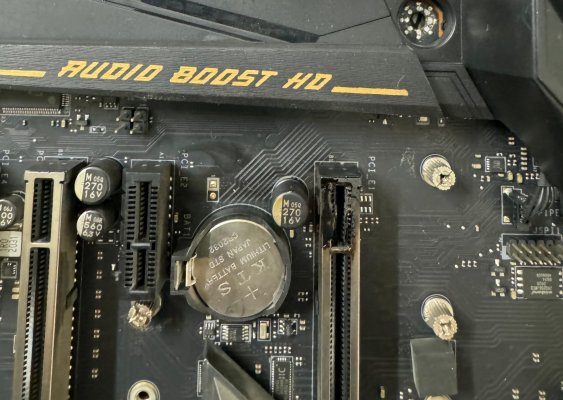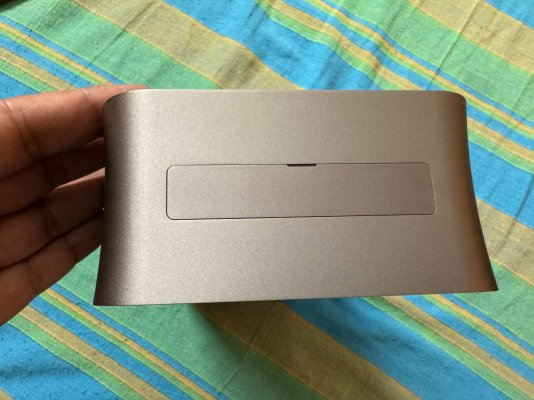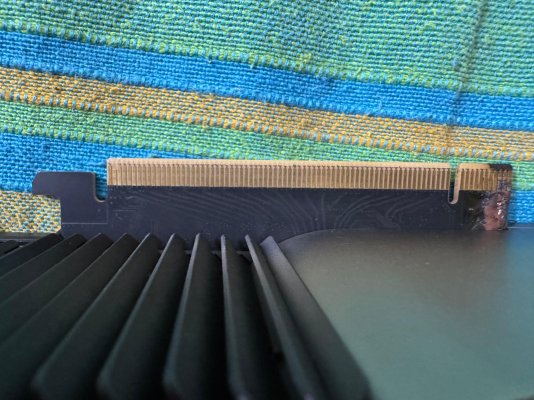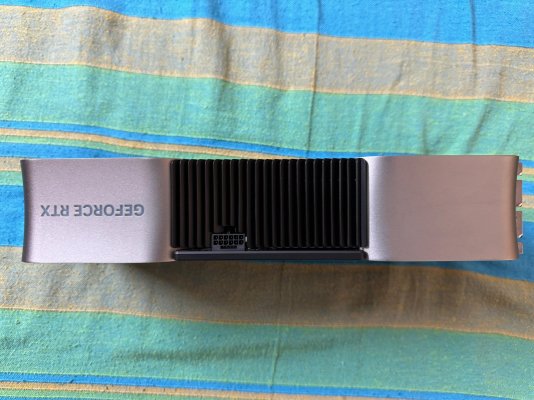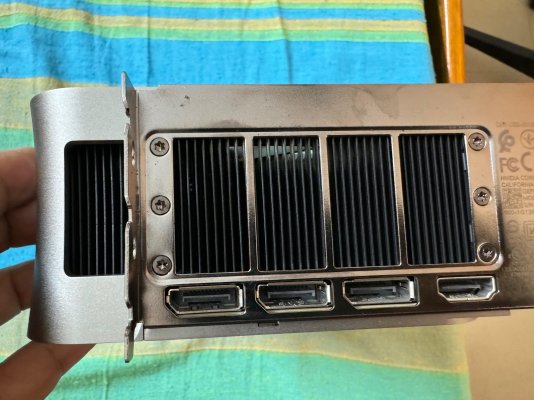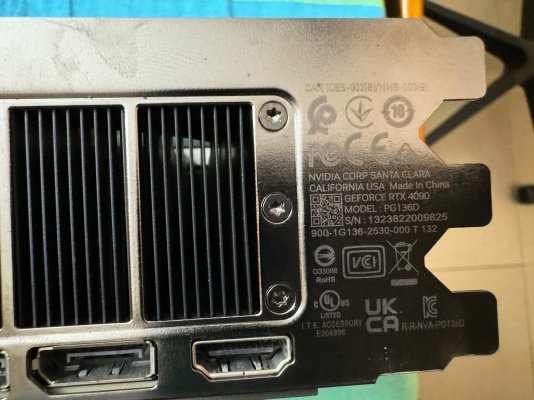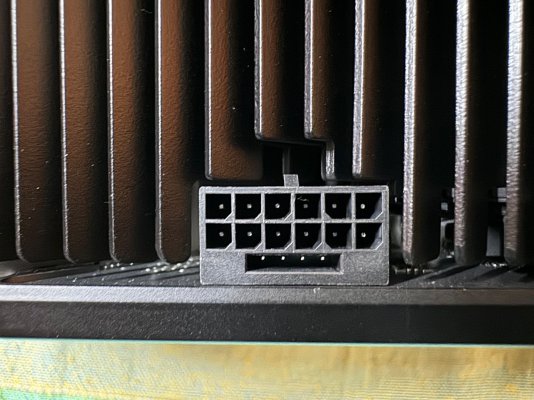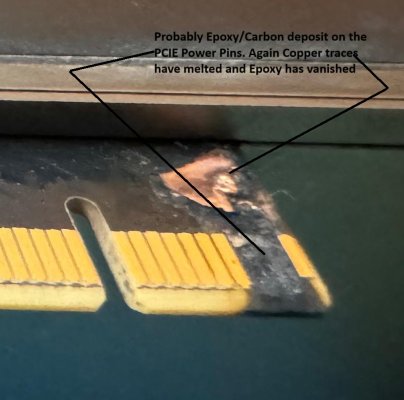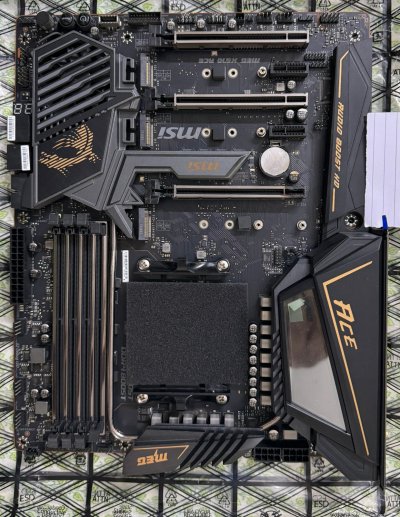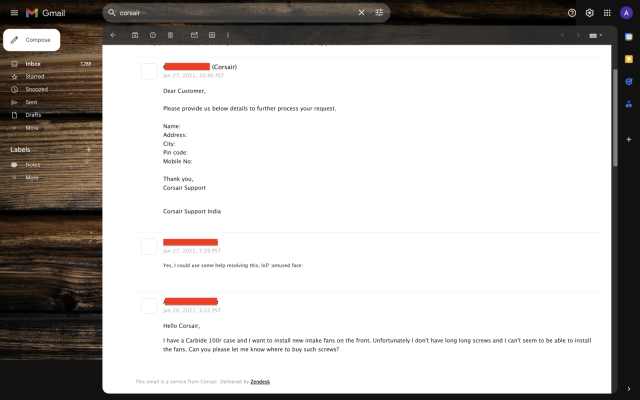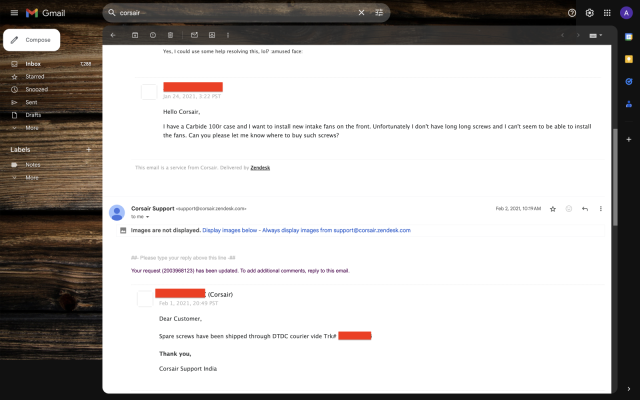someone please clarify .. afaik, only 75 watts goes through motherboard PCIe slot and GPU can only pull 75w from motherboard PCIe slot ( otherwise every time someone forgets to plug PCIe 8pin/6pin cables to the GPU, there would be a burnt card and a burnt motherboard ) .. how can GPU try to pull more power from PCIe and get burnt?
for the usual weekend gaming ritual, I powered on my PC after 5 days
Failure occurred during a cold start 5 days after last power-on, it could be anything.
It was during summer, so no condensation due to rains unless if there was both a humidifier and AC in the room.
It's possible it's premature failure of some component that happened during cool down after the last power-on. Most systems with this kind of hardware aren't powered off for such long time periods so I haven't been able to find much information on social media.
Some animal or insect could've decided to make itself at home or leave gifts behind. A random relative could've knocked over the tower and put it back without saying anything. A pet could've jumped on or off of it causing it to rock and unseat the card slightly.
Without a timelapse recording of the entire 5 day period, it could be anything. I have TAPO cameras pointed at everything that's worth 5 digits or more. I set that up because we have more cats than humans here and all windows and doors are locked down but one or two still manage to find a way in to snoop around and leave paw prints behind.
If this card has international warranty, then sending it to the US looks like the best option since it might take months or years to resolve legally here.

